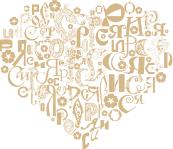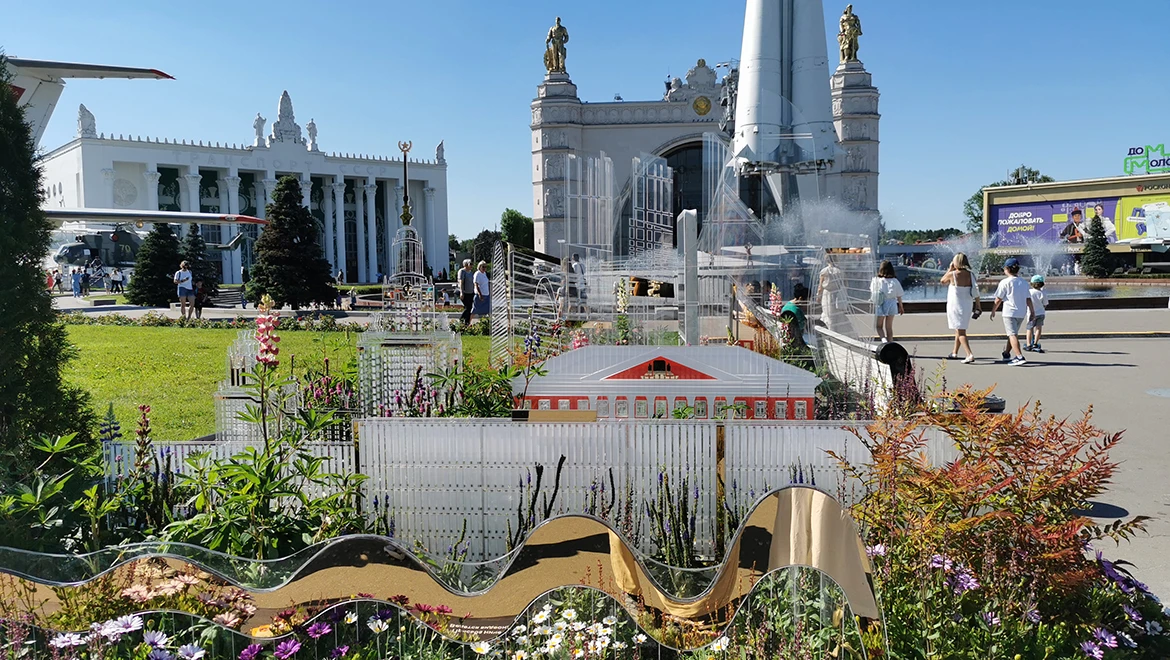Yugra’s king mushroom. Khanty-Mansi Autonomous Area — Yugra
Yugra's
flowerbed is a metaphor for the Siberian forest. Its design reflects the
richness and power of the region's nature, as well as its scientific activity.
In the center of the flowerbed stands the majestic king mushroom, surrounded by
cedar, firs, pines, berries, and other gifts of the taiga. In Khanty-Mansiysk,
there is the only museum in Russia entirely dedicated to mycology. Mushrooms
are truly the hallmark of Yugra.
The
composition also includes flowers — carnation, calocephalus, maidenhair, coral
bells; forest berries — wild strawberry, lingonberry, blueberry, cranberry;
trees — mountain pine, fir, Jung's birch, and even moss — reindeer lichen. The
winding shapes of the flower bed mimic forest trails, and the natural textures
and colors emphasize the unspoiled nature of the places untouched by
civilization. The ground is covered with moss, cones, and fallen needles.
The floral
symbol of the region at the exposition is rhodiola rosea, listed in the Red
Data Book of Yugra, commonly known as "golden root." The plant is
surrounded by many legends, and in ancient times, the locations where rhodiola
grew were carefully hidden from outsiders. Rhodiola was used to make special
tea for Chinese emperors, Altai hunters, and Scandinavian Vikings.
Along with the RUSSIA EXPO, the flower festival is also coming to an end.
The "Future in Flowers" festival continues at the RUSSIA EXPO, where unique flowerbeds from all regions of our country can be seen at the "Space" pavilion until July 8.
The RUSSIA EXPO concludes on July 8, and with it, the flower festival will also come to an end.





